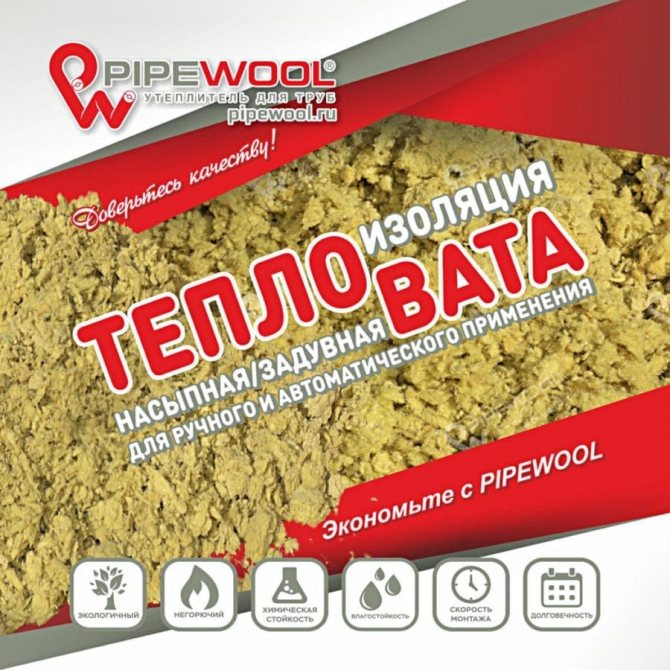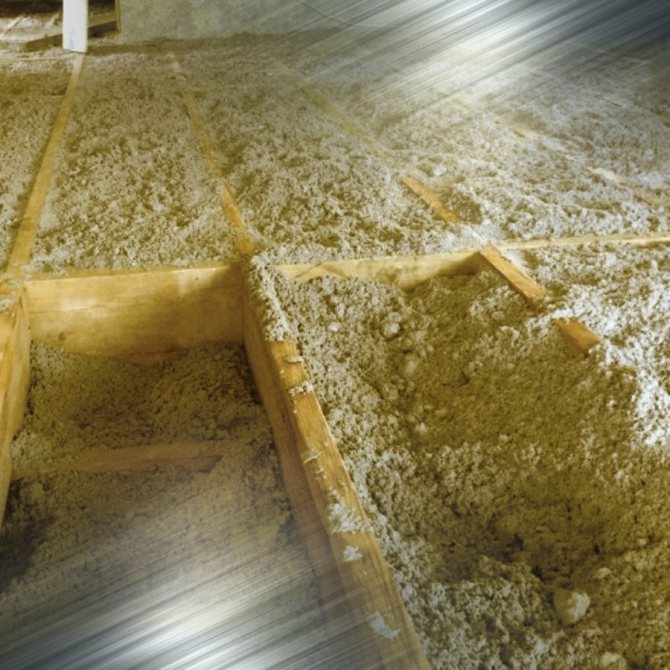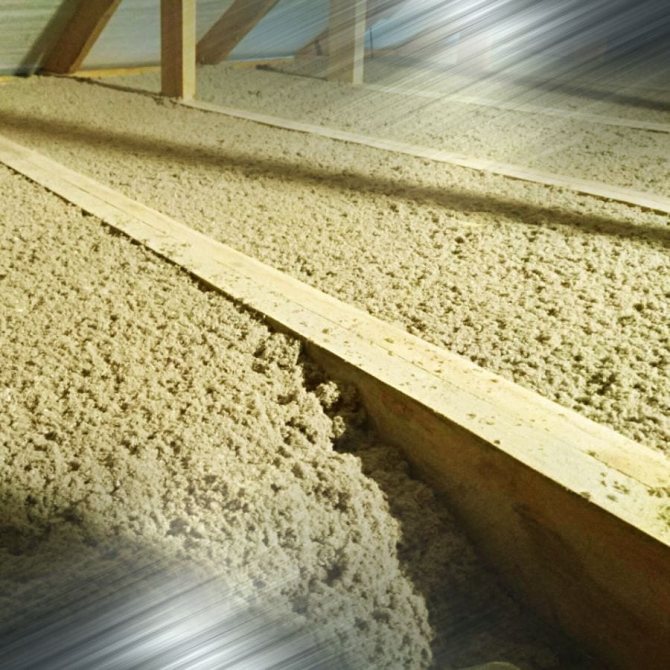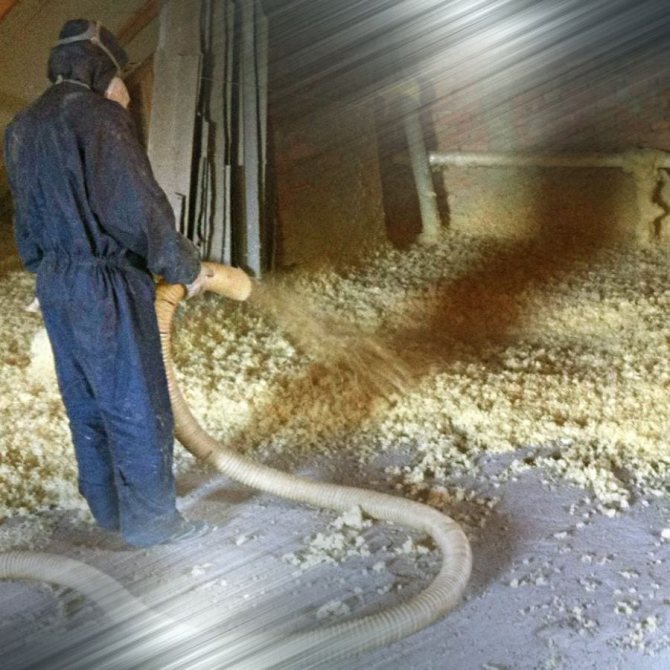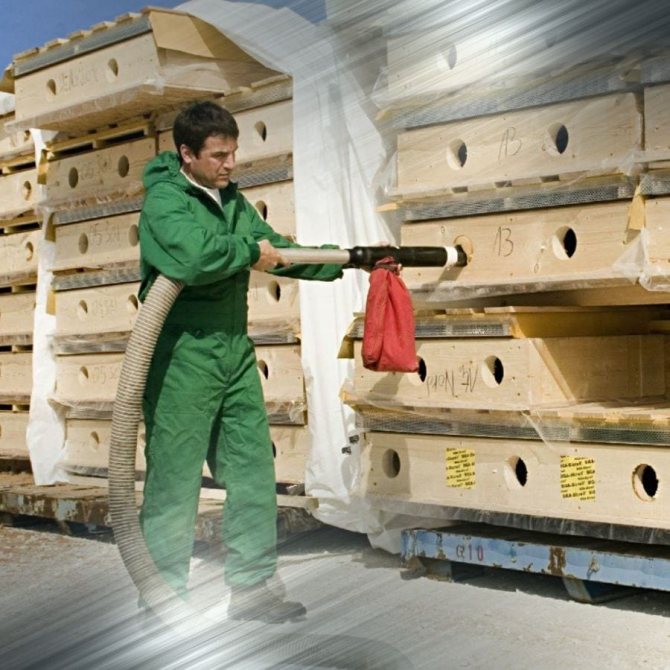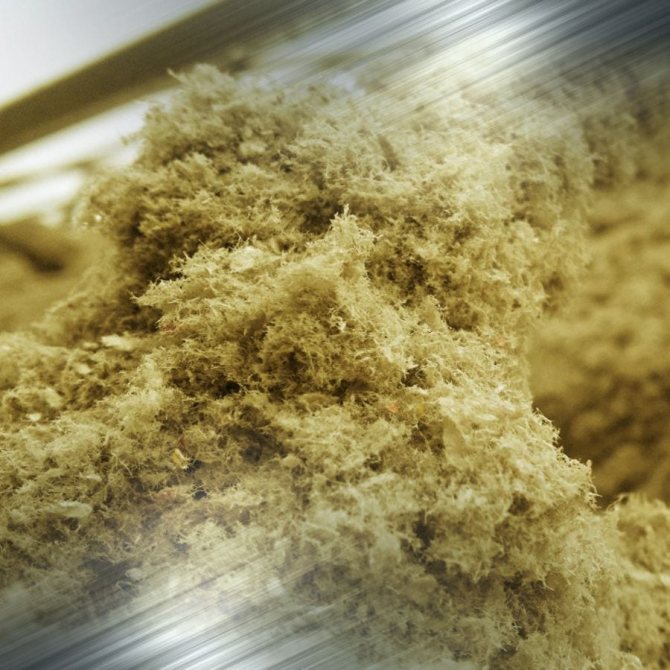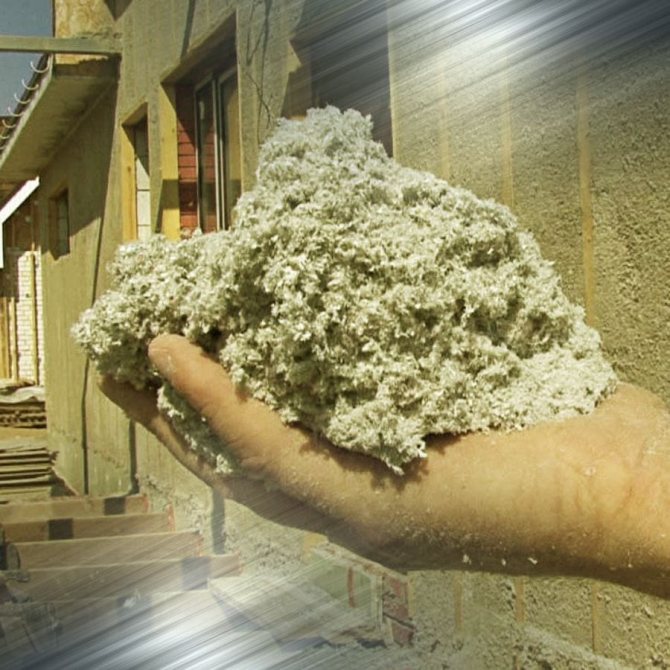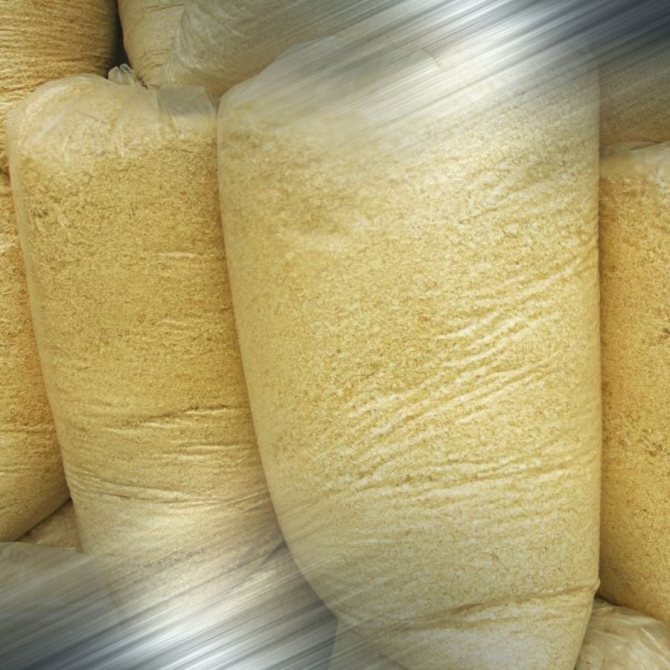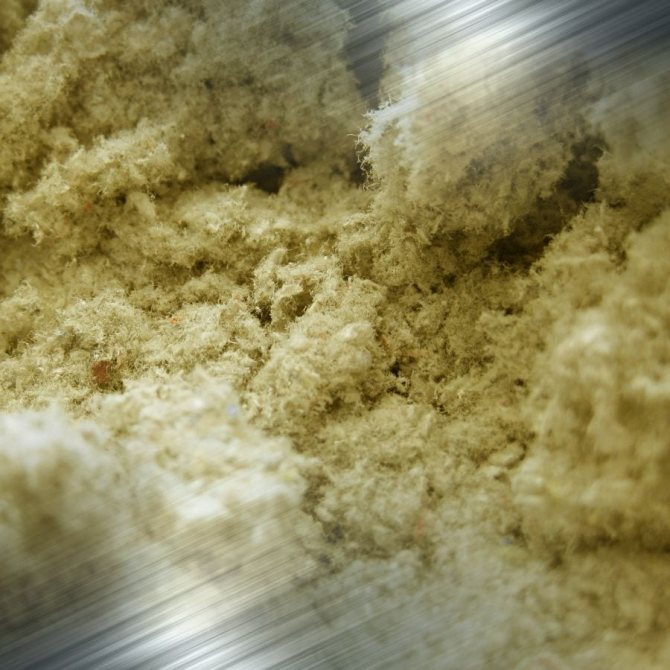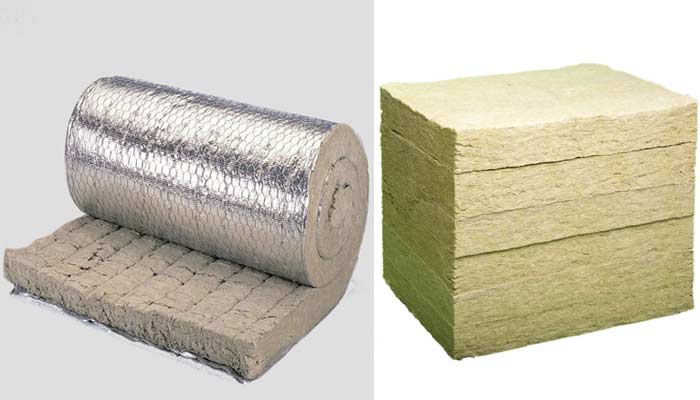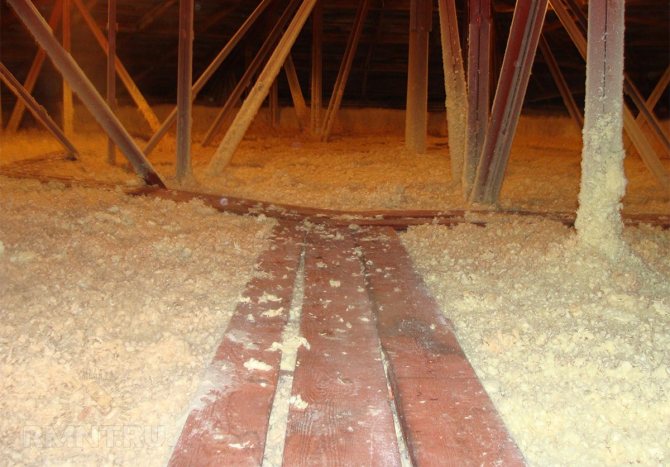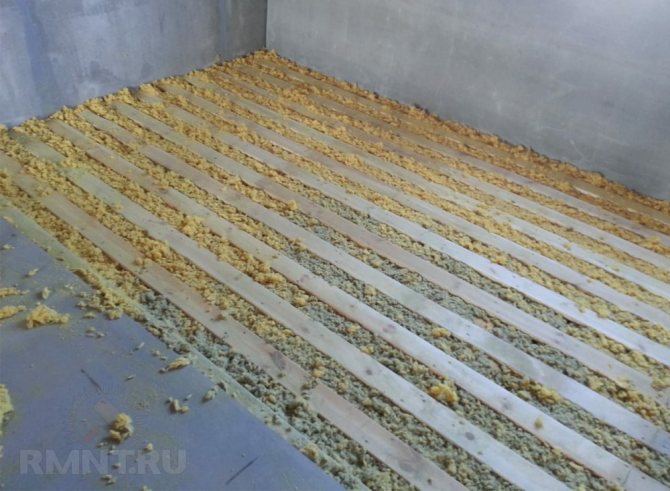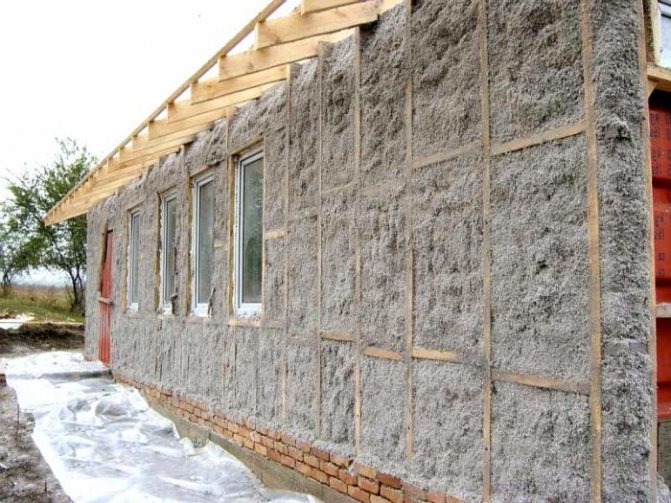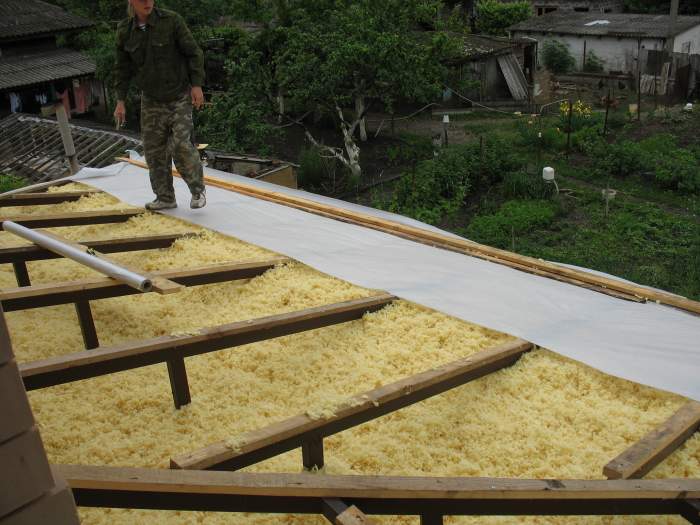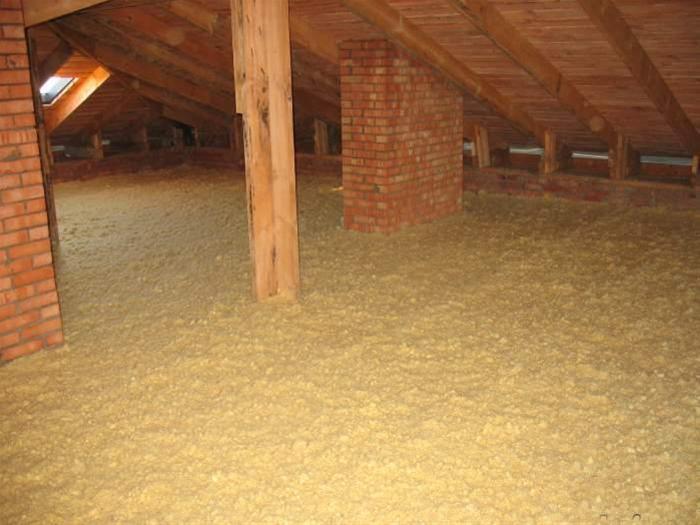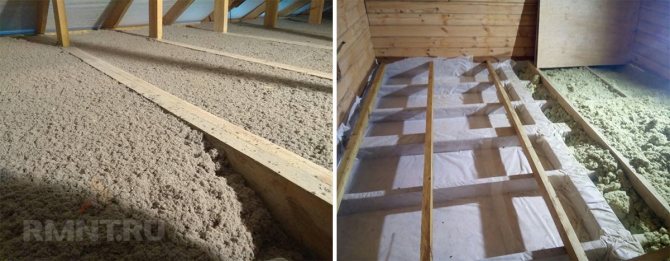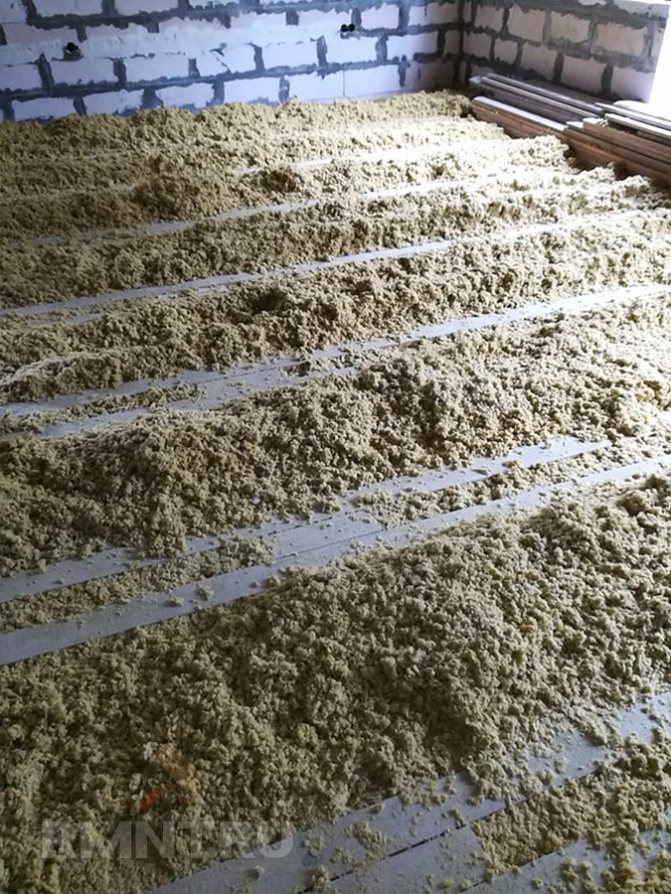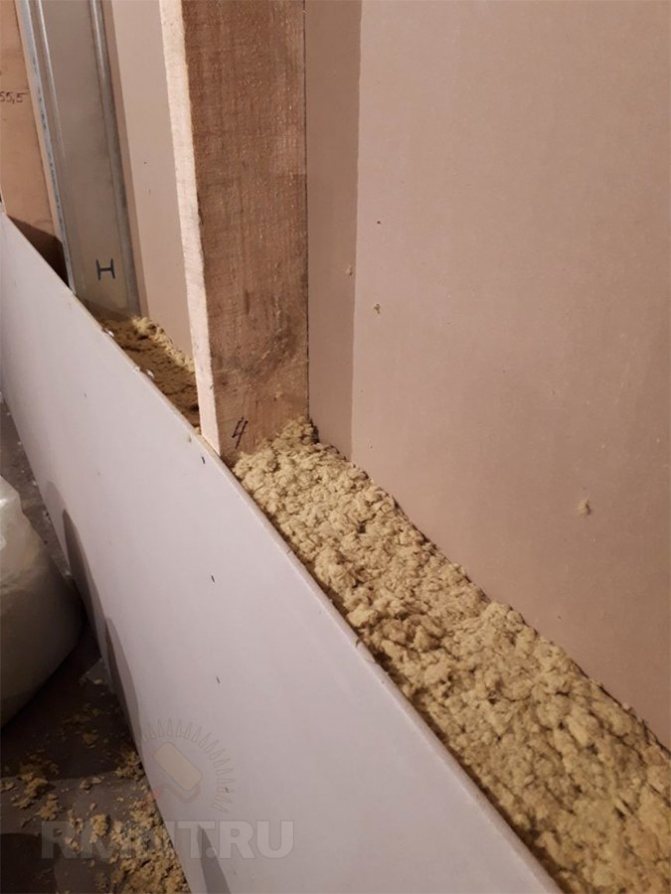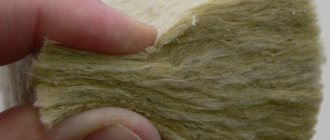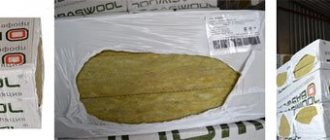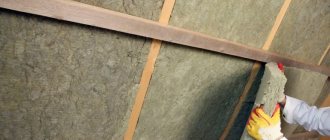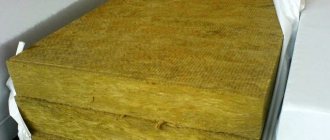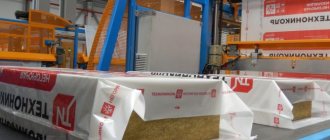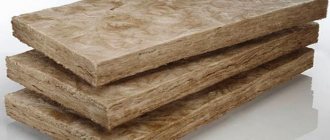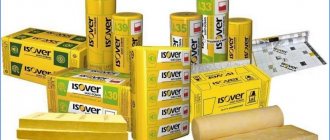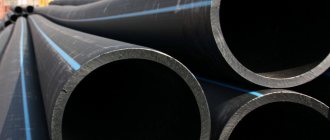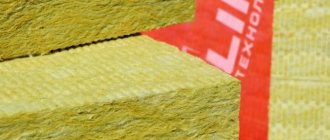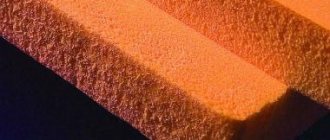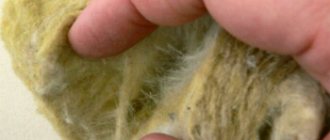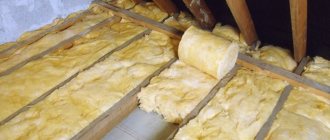To insulate houses, builders use many different types of insulation. This can include the already famous mineral wool in rolls and in mats, and old proven foam plastic, and many other materials. The line of modern thermal insulants is extremely numerous and very diverse.
A worthy place among all heaters is taken by bulk heaters. Being inherently natural pure materials, they found their buyer, and their impeccable qualities made such materials popular. Let's take a closer look at bulk insulation of all types and types. Let's start with the floor, or rather, with its thermal insulation with these materials.
Expanded clay
This is a bulk insulation. The most popular in its class for today in the issue of floors. Expanded clay is quite inexpensive, and the material also has excellent thermal insulation properties. The insulation is made of clay, but at the exit the expanded clay is very light, a cube of such material weighs no more than 350 kilos.
Do not forget that expanded clay is one hundred percent environmentally friendly and non-combustible material, it is not afraid of water and is frost-resistant. Usually such material can be bought either in bags or in bulk. It is noteworthy that expanded clay is both a heater and an excellent substrate or base. The service life of such a material is calculated practically for centuries!
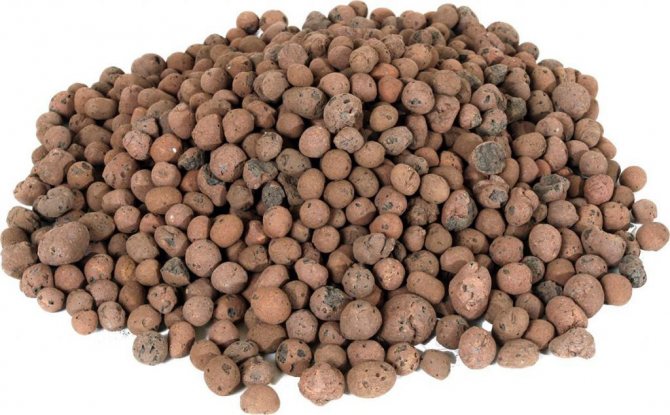
Satisfied
I am rebuilding a private house and completing additional rooms. The house stands in an open area, it is constantly blown by the wind, so it is always cool inside in winter. It became clear that this problem could not be solved without wall insulation. Friends advised me to use glass wool, but I wanted to buy something newer and better for my home.
I found the site of the First House company, there are several types of modern heaters. The shop assistant recommended using Technofas Cottage basalt insulation for my purposes. It has such advantages as: fire resistance, service life up to 50 years, heat and sound insulation, water resistance, conducts steam and is resistant to rodents and insects.
For me, these factors became decisive and I began to insulate the house with the help of Technoface Cottage products. The house has become warmer and quieter thanks to sound insulation. Overall, I was satisfied.
Perlite
It is a natural material of volcanic origin. The material absorbs moisture, studies show that perlite weighing one hundred kilograms can absorb up to four hundred kilograms of moisture. For this reason, experts recommend perlite for floor insulation in rooms with high humidity. The material is non-flammable. The material is supplied for sale in the form of perlite sand, sold in bulk or in bags.
A noteworthy fact: perlite is used not only for insulating floors, but also for filtering vegetable oil, juices and even beer. The service life of the material is extremely long, almost unlimited!
Vermiculite
It is also a natural floor insulation. The material is very hard, non-flammable. The water absorption of vermiculite is over 500%! The insulating properties of vermiculite are simply amazing. With a vermiculite layer only five centimeters thick, heat losses are reduced by almost 80%. The material is protected from mold and mildew. Vermiculite is also sold in bags or in bulk. Under certain conditions, such material can serve almost forever.
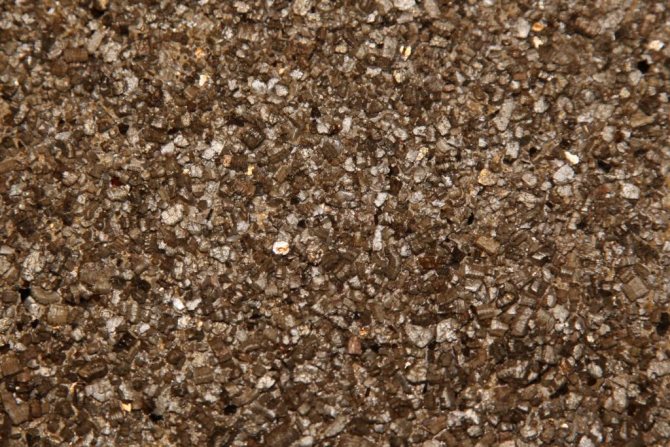

Bulk basalt
Bulk basalt insulation is a "blown", "rammed" material. It is very convenient and economical. The material is delivered in bags and in bulk.This is an excellent addition to the existing thermal insulation made of slag, sawdust, expanded clay and others. The density of the material is about 35-50 kilograms per cubic meter. The material is in great demand in Europe, the volume of purchases of this material there is growing every year. Reviews of bulk basalt insulation are quite positive. The main disadvantage is the impossibility of using the material as the main insulation, but only as an addition.
Basalt wool is a reliable heat storage!
I live in a private house, and since our family is gradually increasing, we have to add additional rooms. It was necessary to attach a children's bedroom from the unfortunate side, where a strong wind blew in winter, and after the first winter it became clear that without insulation of the walls the room would be constantly cool.
The first thought was the traditional glass wool, it was also recommended by parents who had not even heard of other heaters. But the seller in the store told about the basalt wool, which was used in the construction of the store.
The main advantages for the purchase was the fact that basalt thermal insulation can be installed not only on the wall, but also on the roof, pipes and various ceilings.
We used basalt insulation almost everywhere: on the walls, on the floor, in the attic. It turned out to be a little expensive pleasure, but for a year now we have finished perestroika, and we can’t get enough of it. The heat in the house lasts longer, and on the walls, which are constantly damp, finally dry!
Bulk insulation for walls and ceilings
To keep your house always warm, cozy and comfortable, you need to insulate the outer walls of the house. For such purposes, you can use bulk insulation. Let's start a review of such options with foam glass. It is a modern granular and 100% ecological material. Foam glass is obtained from raw fractions by foaming. This insulation is great for wall insulation. In addition to excellent thermal insulation properties, foam glass can be the basis for thermal insulation plaster. The material is not afraid of moisture. Consider other options that can be found on the building materials market today.
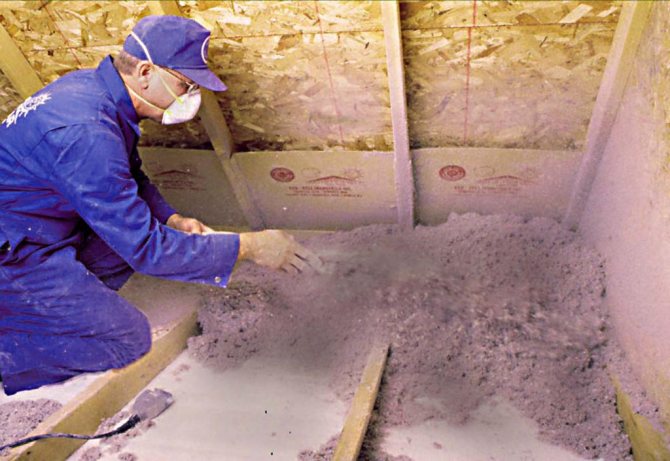

Bulk floor insulation
You will be interested in: Concrete design
In any construction, floor insulation is under close scrutiny, because a cold floor is a cold house and no other options. Bulk insulation is very suitable for floors. The most popular options for such tasks:
- expanded clay;
- perlite;
- vermiculite;
- bulk basalt.
Let's consider each of the options listed by us in more detail and in more detail, evaluating all the features of these materials.
Mineral wool
For insulation of walls and ceilings, mineral wool is not necessarily used in the form of rolls and slabs, there is also a variant of granules, their size is more than 1 centimeter in diameter. Bulk mineral wool in granules is a vapor-permeable and fire-resistant material, it is resistant to high temperatures. When working with the material, protect exposed skin and respiratory organs. It is quite difficult to find some frankly weak points of the material, the only drawback is the fear of water and the loss of its thermal insulation qualities when wet.
Properties of mineral wool sandwich panels
Mineral wool sandwich panels are quite popular in construction. The thermal conductivity coefficient of this material is equal to the limit from 0.20 to 0.82 W / m * K. The sound insulation of the material is 24 dB. The shear strength is 100 kPa as is the compressive strength. The density of products can be equal to the limit from 105 to 125 kg / m3.
The structures do not provide for the need to use special equipment for construction work, they are easily exposed to ultraviolet radiation, as well as temperature changes.Sandwich panels do not lend themselves to rust, they are resistant to fire and have excellent heat and sound insulation qualities. In case of damage to the panel, their partial replacement is permissible. Such structures do not create unnecessary load on the foundation. By visiting the store, you can choose any shade of panels that allows you to achieve an excellent aesthetic result.
Ecowool (cellulose)
The components of this insulation are ecowool (about 10%), shredded paper (about 80), antiseptics (about 5%) and antipyrine (about 5%). The material is non-flammable and does not rot over time due to the presence of special impregnations in the composition. Ecowool has been used in the world for almost a century! In Russia and in the vastness of the CIS, insulation appeared about ten years ago, but it is very fond of the buyer and is rapidly gaining popularity. It must be admitted that in Europe they know a lot about construction and the materials that are used for this construction.
Boric acid is used as an antiseptic in ecowool, borax plays the role of a fire retardant. These substances are 100% environmentally friendly. This insulation material is quite practical in every sense. Ecowool fibers perfectly fill small voids, so the material can be used even for the most complex structures.
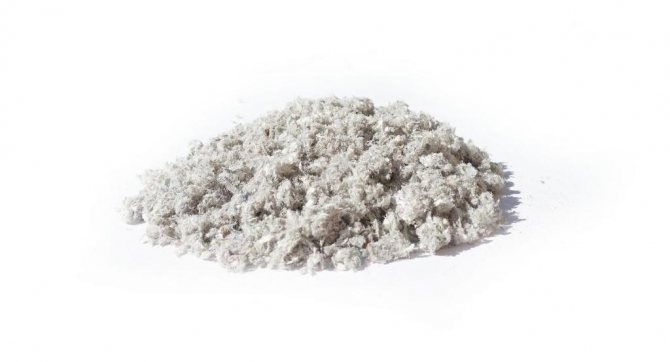

Product line
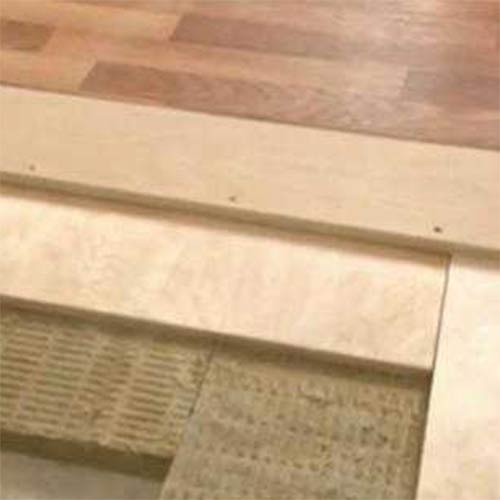

The density of Isoflor allows it to be laid under a concrete screed or decorative floor
The line of insulation materials for Izorok walls contains several subspecies focused on the characteristics of the protected surfaces and various areas of application. It includes the following names:
- Isolight-L;
- Isovent;
- Isofrol;
- Isoruf in packs;
- Izorok in slabs (in cylindrical shapes).
Samples of Isolight-Lux products have a density of 60 kg / cu. meter and are used to insulate surfaces of various orientations. At the same time, large loads and deformation stresses in the layers of products of this type are unacceptable. The next model in the series Isovent-L is distinguished by a significantly higher density (up to 90 kg / cubic meter) and is used for arranging ventilation of building facades.
In the Isoflor modification, the density indicator declared by the manufacturer is close to 140 kg / cu. m. This insulation is used as an intermediate link in three-layer reinforced concrete structures. It is allowed to be used in sandwich panels. For thermal insulation of roofs and concrete floors, another type of insulation material is used, called Isoruf. It is produced with marks H, B or NL, and its average density is 110 kg / cu. meter. Billets of this material or mats without a broaching shell are marked as "MP", and if available - "MP (ST)".
Insulation Izorok in slabs has two modifications with a material density of 75 and 100 kg / cu. per meter, respectively. They are ideally suited for the protection of any horizontal surfaces, but do not allow the load to be exceeded above the limit level. Izorok Cylinders bearing the CF marking are considered as a separate category of heat insulators. Various samples of these products differ in the diameter of cylindrical billets (within 18-273 mm) and are used for insulation of cold water and hot water supply pipes.
Testimonials
Bulk materials have been in great demand lately. Initially, people were afraid of such options for insulation, but time has shown that the materials are excellent and should not be feared. Reviews indicate that all bulk materials are convenient to transport, this is especially true for home owners in remote areas.
Also, the reviews mention the ecological cleanliness of heat insulators, they are not afraid of mold, rodents. In addition, many of them are not afraid of moisture, which is also confirmed by the reviews of people who have already dealt with these insulation materials. Also, reviews praise such heat insulators for their incombustibility and incredible durability.
Of the minuses of bulk insulation in the reviews, you can find the fact that some materials require professional equipment to "blow out" them. But the rental of such equipment is offset by the low cost of the insulation itself. Ultimately, this minus is relevant only for supporters to do everything exclusively independently and strictly with their own hands.
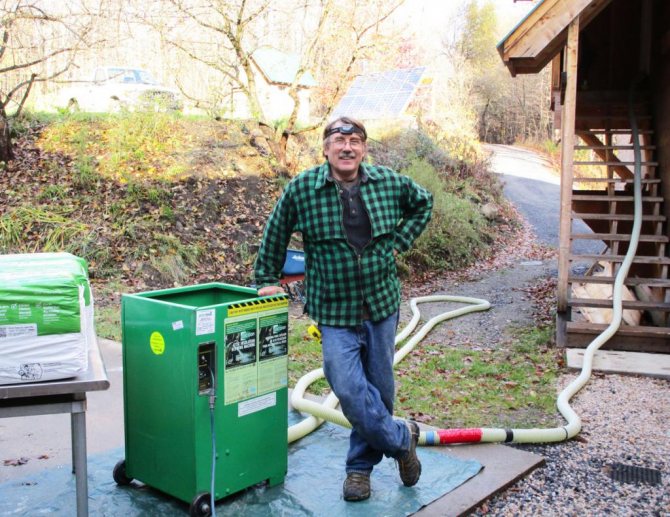

Advantages of bulk mineral wool
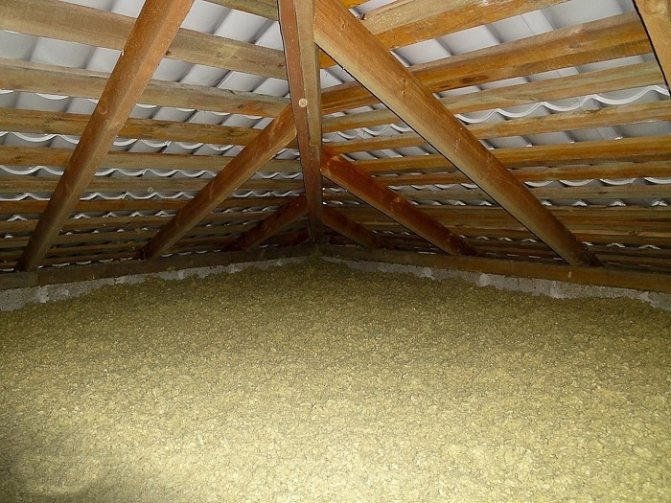

The free-flowing mixture creates perfectly flat and continuous surfaces
Bulk views have properties that allow them to bypass such materials. It is worth noting that mineral wool technical characteristics, which are similar to all products of this line, have a high level of environmental friendliness, that is, the material is absolutely safe for the environment and human health. Plus, it is necessary to highlight all the advantages of this brand:
- Low cost;
- The ability to fill the most inaccessible gaps and cavities, thereby increasing the thermal insulation properties of the house;
- Low fire hazard, as the material is fire resistant;
- Ease of transportation of products;
- A small percentage of shrinkage, not exceeding 5%;
- Installation work speed;
- The material is recyclable;
- Loose types of mineral wool help to save on the heating season;
- The free-flowing mixture creates perfectly flat and continuous surfaces.
Selection Tips
You need to choose material based on your goals and objectives. It is necessary to take into account the peculiarities of heat insulators, because some are not suitable for hot rooms, while others perfectly tolerate both moisture and high temperatures. In addition, some of the bulk insulation is very hard and is suitable as a substrate or floor base.
In any case, one general advice can be given, it concerns the fact that it is worth buying these thermal insulants in proven places with good reviews, so as not to run into fake or low quality products.
In general, it must be objectively recognized that bulk insulation materials are very attractive in terms of prices. Also, we must not forget about their durability, classic mineral wool will last no more than ten years or twenty at best. And for bulk insulation materials, the service life is much longer, at times!
You must also understand that not all bulk heat insulants are the same. They differ in their properties. For certain tasks, certain material is required. If you are in doubt about the choice, then contact a specialist with this question, he will be able to advise you on the right materials.
For example, expanded clay is not suitable as the main insulation in regions with extremely harsh winters (frosts of 40 degrees). This must be taken into account. In addition, there are many other nuances, it is for this reason that consultation with specialists is extremely important for each individual case.
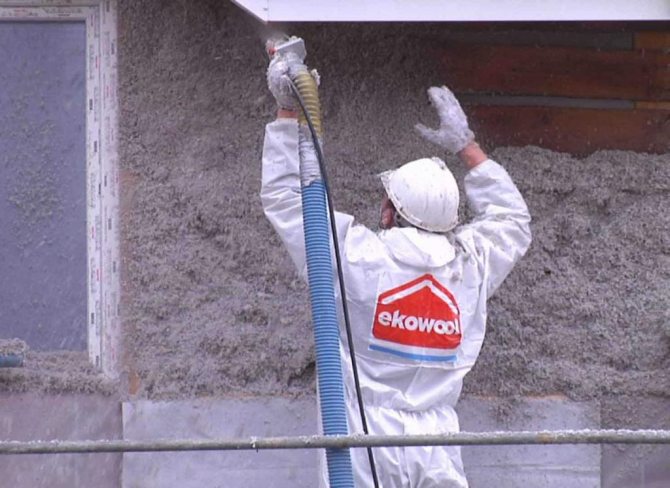

Warming a house with a crumb of basalt wool, or myths and reality about aspiration
In the article, we will touch on the key points on the use of stone wool aspiration.
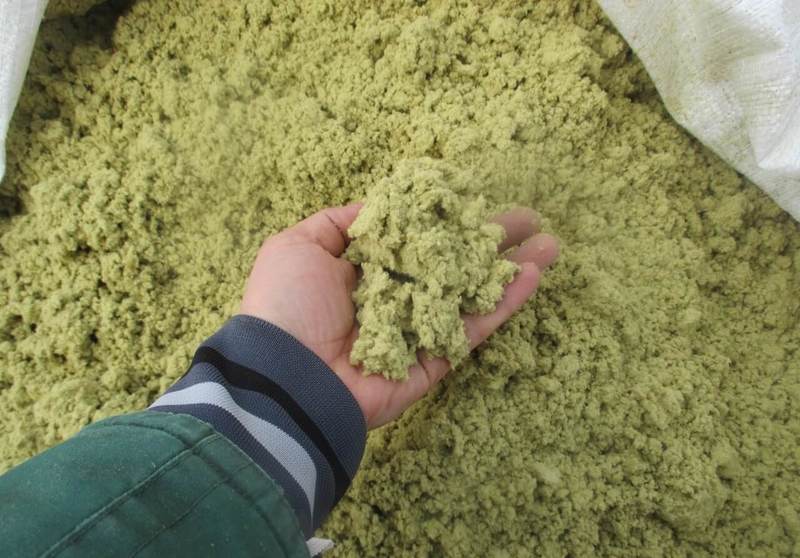

Everyone wants to save money when building a country house. Therefore, developers are looking for cheaper building materials. For example, instead of an expensive mineral wool insulation in the form of slabs, they buy an inexpensive option - the so-called. aspiration of stone wool - a crumb obtained from its waste. Is this savings justified?
- Features and cost of stone wool aspiration
- Thermal insulation of a house with bulk basalt insulation in the form of crumb
- conclusions
Features and cost of stone wool aspiration
To understand the pros and cons of basalt wool crumbs, you need to understand what kind of material it is. Mineral wool aspiration is a waste product. For example, from a factory where stone wool slabs or sandwich panels are produced. The cuttings are crushed and poured into bags with a volume of 0.2 - 0.3 m³ or big bags with a capacity of 500 - 1000 liters.
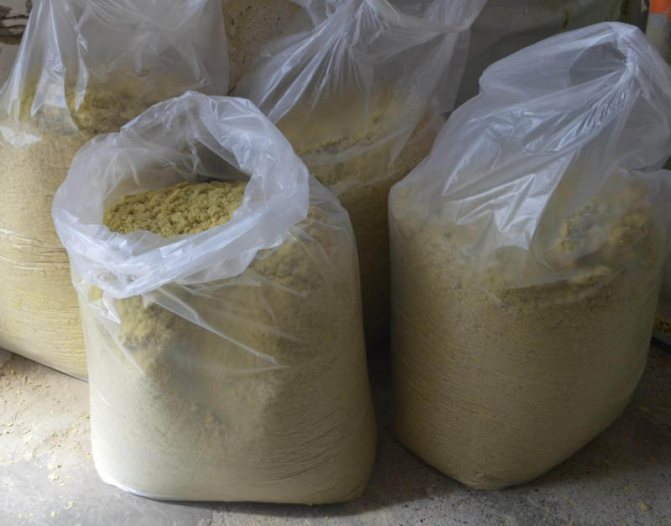

Those.aspiration - ordinary mineral wool insulation supplied in the form of crumb with a bulk density of 35 - 55 kg / m³.
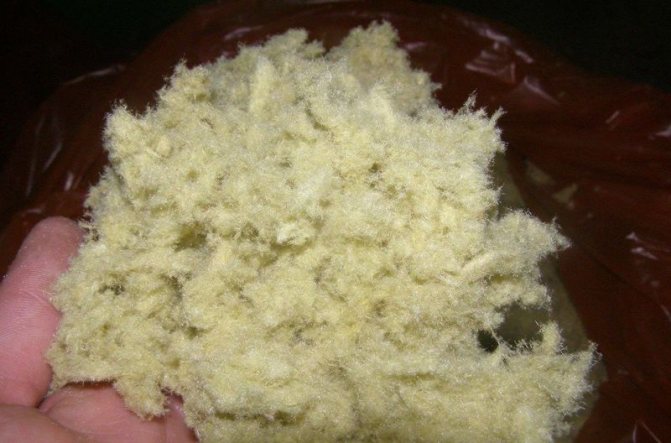

The physical properties of thermal insulation directly affect the scope of its application and the features of the work. Aspiration manufacturers and sellers recommend placing the crumb only on horizontal surfaces so that it does not slide down over time, for example, in a wall. By ramming, you can increase the density of the installed insulation. Here, the main thing is not to overdo it. If you fanatically tamp the poured basalt chips, you can achieve a packing density of 100 or more kg / m³. But, the worse the thermal insulation properties of this material will be.
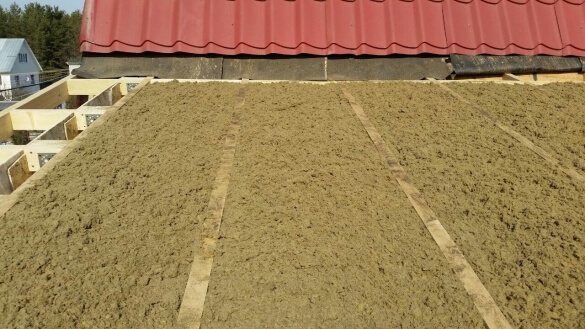

The coefficient of thermal conductivity of aspiration, like stone wool, at normal humidity and density 40-80 kg / m³, = 0.041 - 0.042 W / (m · ° C).
So, bulk insulation has properties similar to ordinary stone wool. It is a non-combustible, vapor-permeable loose material that must be protected from water vapor, condensation and atmospheric moisture.
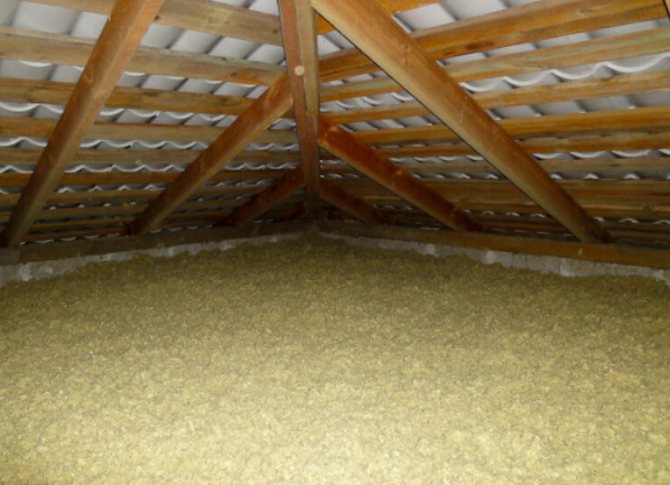

The main advantage of aspiration is its low price. Compare: on average, 1 cube of stone wool crumbs costs 600 - 800 rubles, and the price of one cube of stone wool slabs varies, depending on the brand, from 1500 to 2000 rubles.
If you go to the manufacturers of stone wool or sandwich panels, who sell or give aspiration for disposal themselves, and not to resellers, then you can buy bulk mineral wool insulation even cheaper, or get it free of charge by self.
Thermal insulation of a house with bulk basalt insulation in the form of crumb
Although the aspiration price is attractive, for most developers, basalt chips are a pig in a poke. It is not clear how to work with her. Doesn't it stick together over time. Will it get damp. Whether fine dust from mineral wool waste will cause allergies. And most importantly - will not such a kroilovo lead to a popalov?
conclusions
Let us summarize what has been said. So, the pros of mineral wool crumbs:
- low price;
- light weight;
- ease of installation;
- obtaining a continuous layer of insulation without the formation of "cold bridges";
- high thermal insulation properties;
- the possibility of insulating hard-to-reach places - "pockets" in walls, in ceilings, etc.
Disadvantages of insulation obtained from waste stone wool production:
- thermal insulation is very dusty;
- increased requirements for the tightness of seams and joints of steam, hydro- and windproof films;
- there is a risk of running into outright substandard;
- laying should be carried out using personal protective equipment - glasses, respirator, mask, tight clothing;
- if you overdo it with ramming, you can compact the crumb over the norm, which will lead to a decrease in its thermal insulation properties;
- great influence of the so-called. "Human factor", workers can be lazy and leave unconsolidated voids in the walls;
- it is difficult to predict how the insulation will behave in the long term, for example, whether it will not get damp and whether it will settle in 10-15-20 years.
Before using rock wool crumbs 10 times, consider if the savings are worth it! published by econet.ru
Subscribe to our Yandex Zen channel!
If you have any questions on this topic, ask the specialists and readers of our project here.
P.S. And remember, just by changing your consumption - together we are changing the world! © econet
Summing up
Bulk mineral insulation has become part of the everyday life of modern construction. The materials are relatively new, but they are quickly recapturing their share of the building materials market. There are undoubtedly advantages of such thermal insulants, no one is trying to dispute them. Some people are stopped only by the novelty of the materials. Our people are not particularly fond of new items, especially when it comes to construction for many years, in which they invest a lot of money. But all new items are becoming proven materials, and very soon this will happen with bulk insulation.
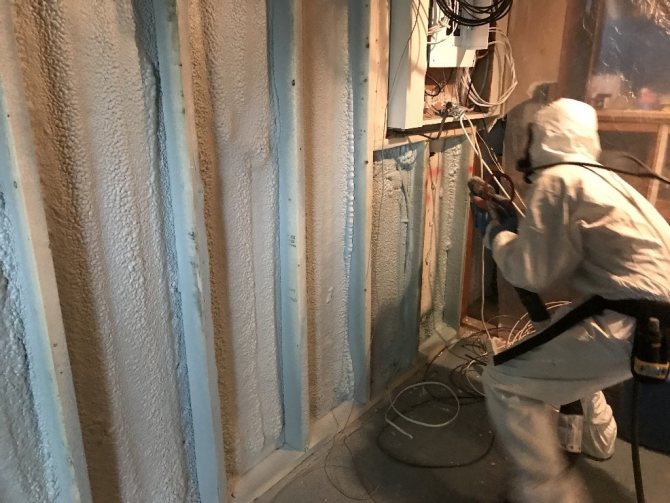

But there are also options for people who don't like new items. You can remember the good old proven slag. It was an excellent insulation material in its time, this bulk material was a hit in its time. There was a minus in the slag - it was dirt and dust from it. Modern bulk insulation materials are all the same excellent thermal insulation qualities, only without dust and dirt.
There were also sawdust before (an analogue of modern bulk materials for insulation). The sawdust kept warm well, but was afraid of fire and water. Modern bulk insulation materials keep heat well. They are not afraid of moisture and do not burn. There are exceptions - some types of insulation bulk materials). But you can always find the option that is right for you. We think that doubts about bulk insulation materials have been dispelled!
Advantages and disadvantages
We recommend reading our other articles
- Artificial rattan furniture - an elegant solution for the garden
- Rent of slab formwork for construction projects of varying complexity
- Buffer tank in the heating system - what is it for?
- Practicality and attractiveness of modern retro refrigerators Smeg
Experts note both the advantages and disadvantages of stone wool, so before buying it for insulation, it is necessary to weigh the pros and cons. What are the advantages of stone wool?
- The material is lightweight, which allows it to be easily carried and laid during the insulation of the room.
- This is a time-tested insulation.
- High insulating properties.
- Stone wool is not afraid of temperature extremes. Regardless of the weather, it does not expand or contract, it keeps its shape and retains its properties.
- The basic characteristics are the same regardless of the manufacturer. So, for example, insulation from Rockwool and Isobox have similar parameters and qualities, but differ in terms of price, additional raw materials used for production and other parts. Hence the price difference.
- The material is not flammable.
- Depending on the quality of the insulation, vapor permeability can range from 0.3 to 0.55 mg / m hPa. The higher the indicator, the better this property is expressed.
- Laying stone wool is pretty easy, even without practice.
Now about the disadvantages of stone wool.
- Contrary to misconceptions, it does not scare away rodents. Mice and rats are not afraid of it and can live peacefully in it.
- The environmental friendliness of stone wool is often questioned due to the fact that the fibers are held together with resins during production. Manufacturers rarely explain what these resins are, their exact composition and whether they are harmful, so the question remains open.
- During the laying of stone wool, dust appears, which is strongly recommended not to inhale. Therefore, you can work with it only in a respirator.
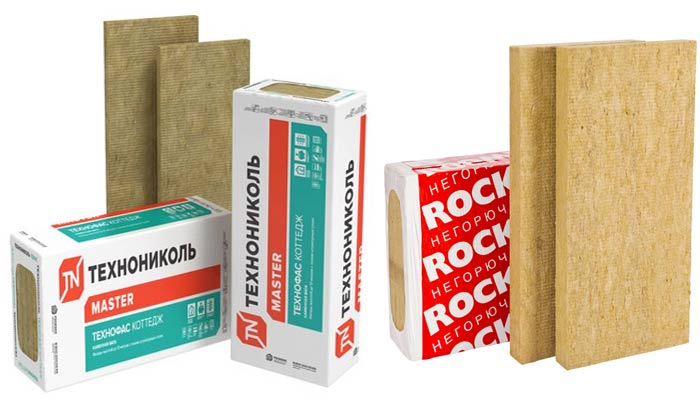

Photo of stone wool Technonikol and Rockwool

